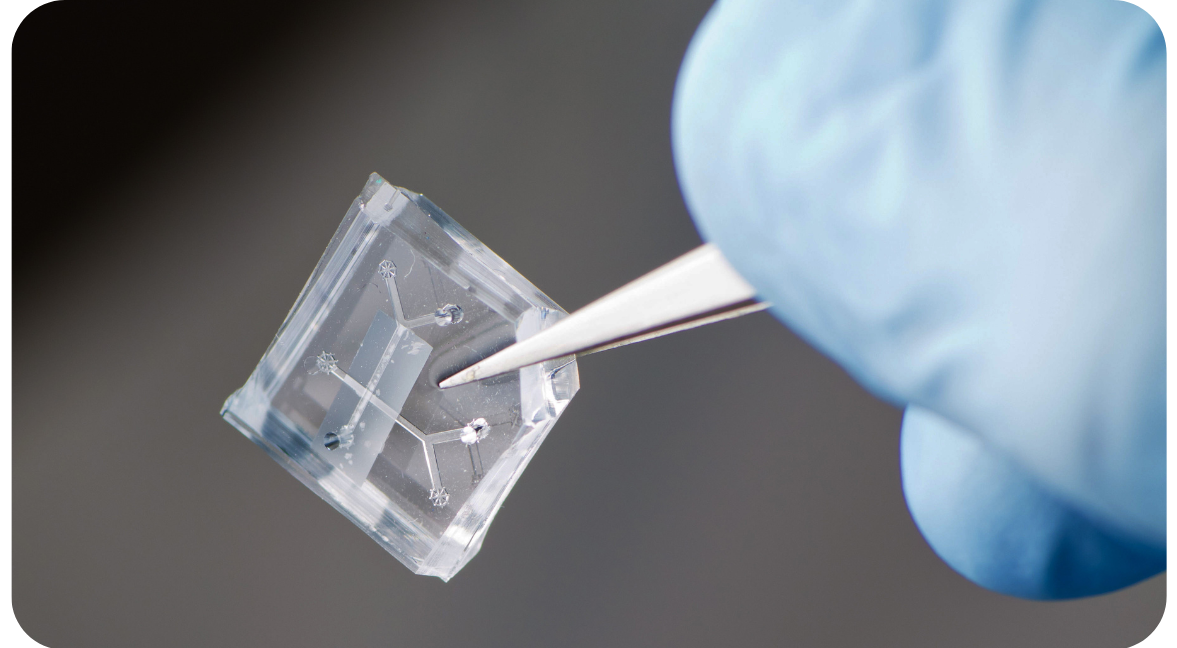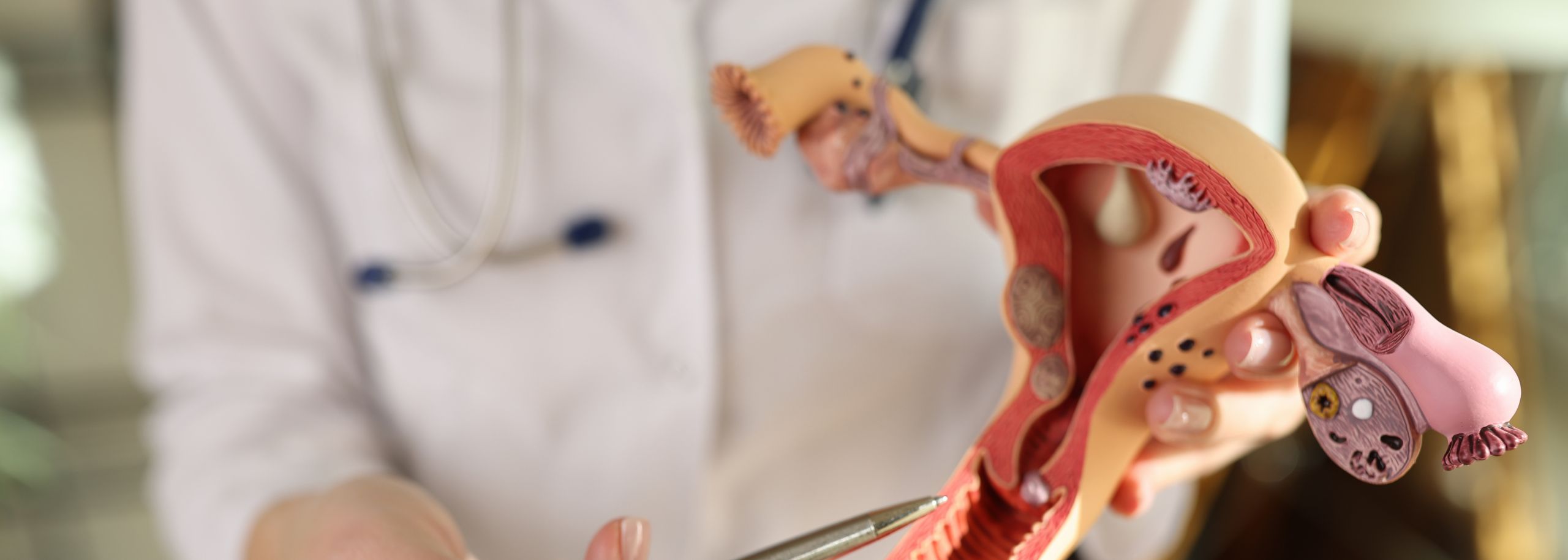Did you know that the human vagina is studied by using laboratory rabbits? Sounds weird, right? And it is. After all, a rabbit’s vagina is nothing like a human one. That’s why it is important to do proper research on the human vagina. Fortunately researchers have developed a solution: the vagina-on-a-chip. This human-based model allows for better and more efficient research.
Animals representing humans in research
The number of animal tests that are done in the Netherlands rests at a staggering half a million. Most of them are done for research into disease, medicine and treatments or are done to test the safety of our everyday products. Think of the fabrics in our clothing, the additives in our food and until 2013, even our cosmetics.
Perhaps, in retrospect, it’s thus not surprising to hear that research on the human vagina is also done by using rabbits, mice, rats, pigs and sheep. However, the vagina of these animals differ from a human one in many ways. Take a rabbit: a rabbit has a very different ovulation than a human does. Apart from that, the structure of the vagina also differs and a rabbit vagina excretes little to no bodily fluids – something that does happen with a human one.

A laboratory rabbit
Research is based on the male species
Seeing the differences, many scientists have since concluded that the vagina of an animal does not sufficiently resemble a human one. The use of laboratory animals is therefore not only unethical and cruel, but also inefficient. After all: who knows how many medicines and treatments were rejected because of these differences?
It’s disheartening, because those treatments were (and are) desperately needed. Especially in the past, research on the male reproductive organ was prioritised over research on the female one. Meanwhile many people did suffer from infections, STD’s and irritations; all common vaginal problems that require solutions.
The vagina-on-a-chip: heroic little brick
That solution is the vagina-on-a-chip. Researchers at Harvard University’s Wyss Institute developed this animal-free research model, that at first glance, looks a little like a LEGO piece. But looks can be deceiving.

An example of an organ-on-a-chip
On the aforementioned chip, human cells can live and grow. And thanks to the sensors in the chip, the behaviour of these cells can be studied under a microscope. The vagina-on-a-chip is, literally and figuratively, a game-changer: it is already showing more succesful results than animal experiments have done in vaginal research. That’s what we call progress for both humans ánd animals.
In the spotlight
Research on the vagina is very important to prevent and treat infections and other diseases. Therefore it’s admirable that scientists abandon the golden standard of using laboratory animals, and to use alternatives instead.
And while these kinds of research on animals might sound like satire, it is anything but. Nine out of ten times, animal tests results in drugs that are eventually considered ineffective or even harmful for humans. That’s why it’s only right to conduct safe and alternative research on the vagina. Long live this important organ!

